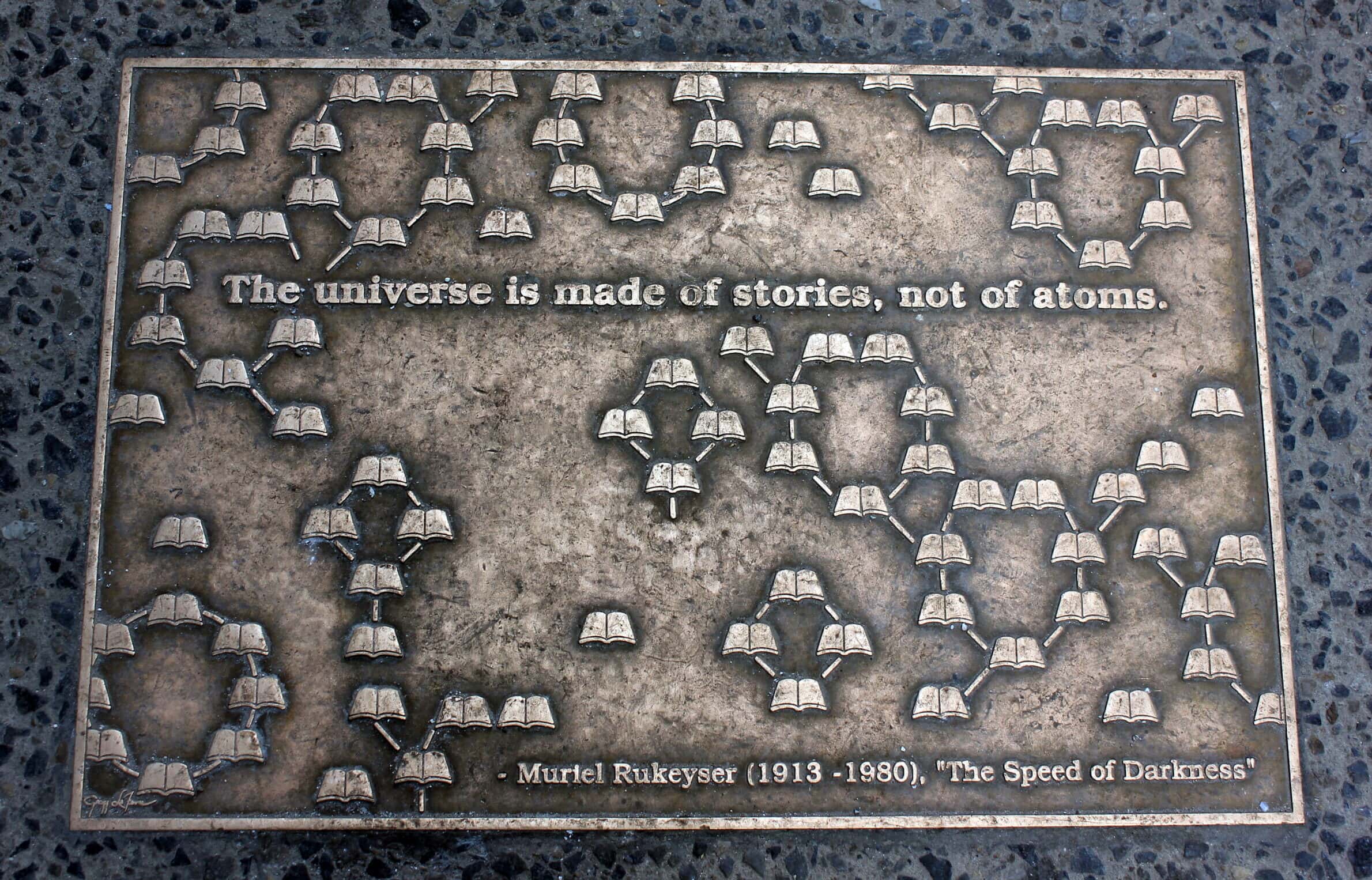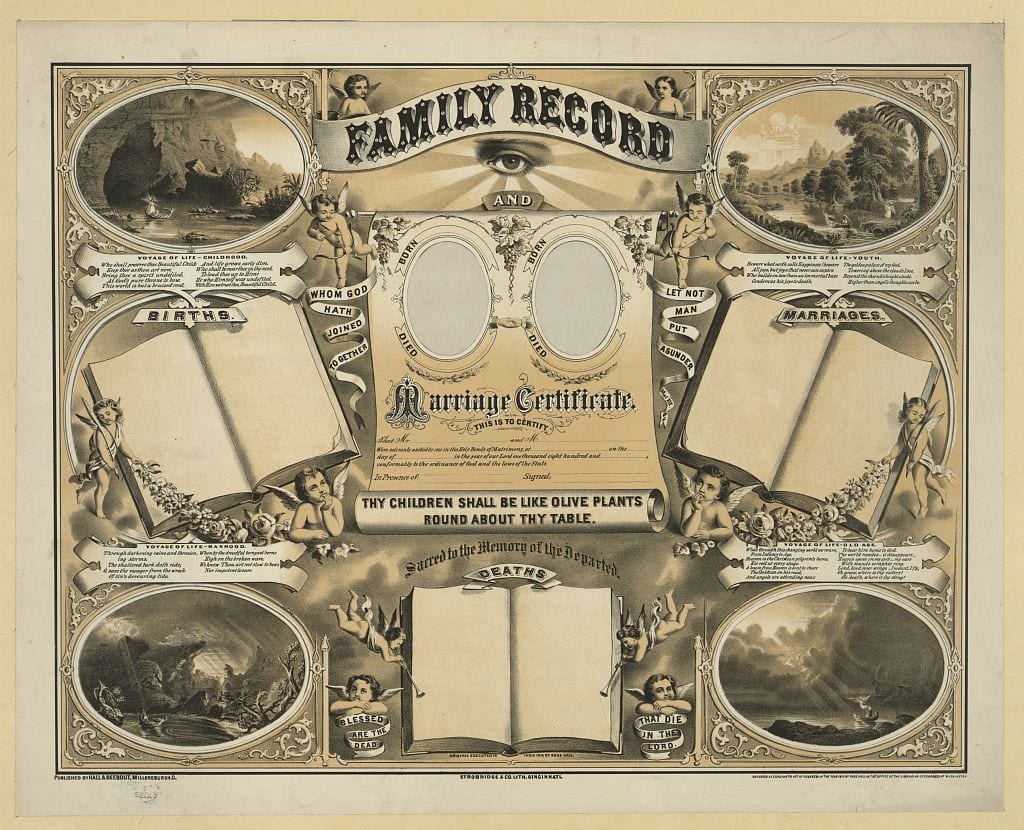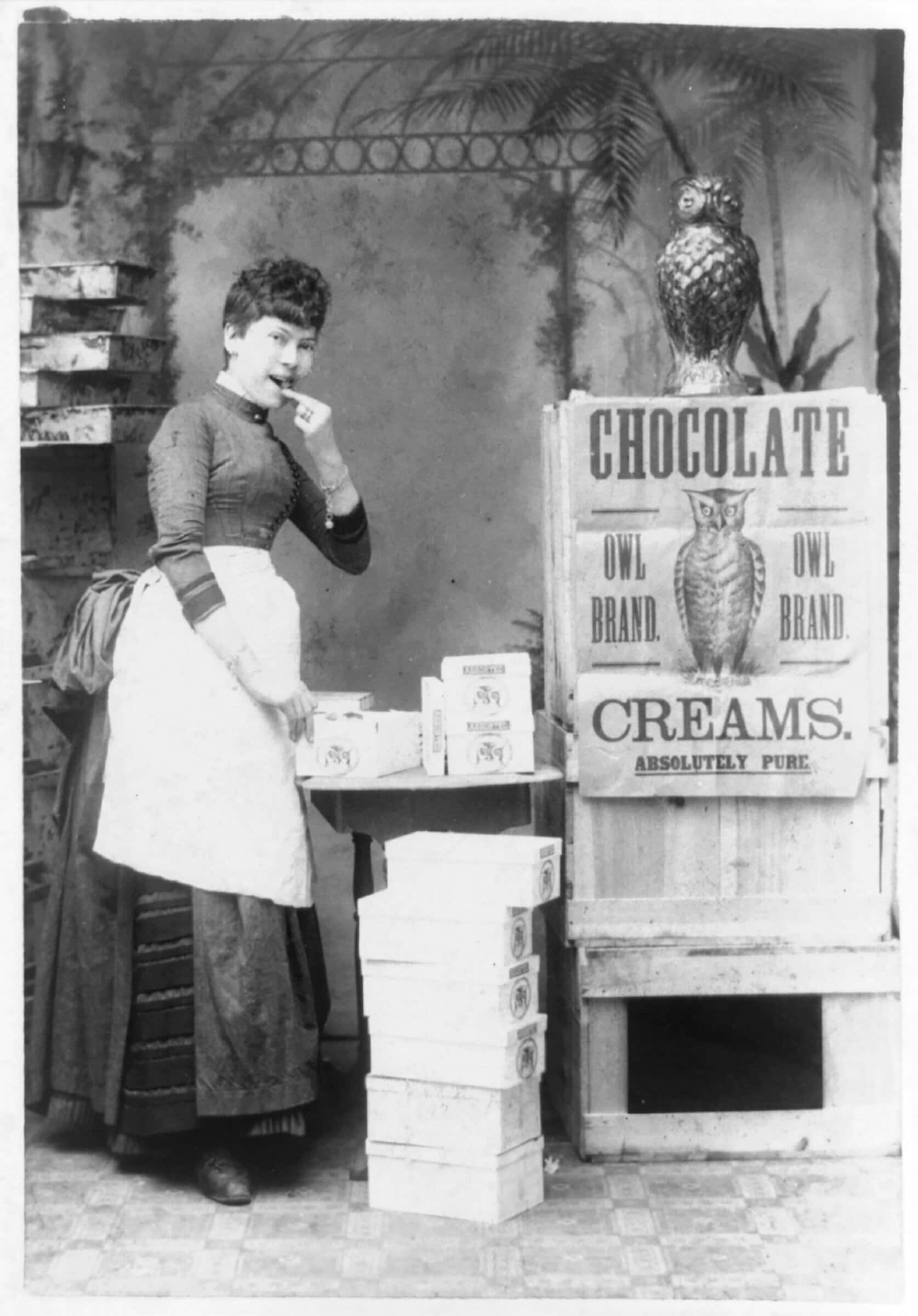The United States is a nation in search of a usable past. How much of that project will be entrusted to politicians and how much to scholars remains to be seen, but righting the balance will determine whether our secondary school curricula inculcate a national mythology or impart a nuanced understanding of the past. The AHA and partner organizations like Learn from History are rightfully concerned that “divisive concepts” laws such as Texas’s HB 3979 seek to “replace evidence-based history instruction with a whitewashed version of patriotism” that stifles meaningful discussion of the centrality of racism in US history.

Disputes over America’s foundation myth are dividing the nation, but the effect on teaching these debates to students gives hope for the future. Lisa Brewster/Flickr/CC BY-SA 2.0
As an ideological endeavor, the promulgation of a national mythology serves the interests of those in power and does far more to entrench division than any honest, critical assessment of historical injustice ever could. But the search for a usable past can also be what the Carnegie Council for Ethics in International Affairs calls “an expression of communal aspiration,” one that “aims at creating a better world by incorporating achievements as well as regrets, pride as well as disappointment, into our historical accounts.” Resolving these apparent contradictions into a synthesis that better serves the needs of a pluralistic democracy is manifestly the work of historians.
I write this as a secondary school teacher who has watched uneasily as the culture wars playing out in school boards and statehouses nationwide foster a false dichotomy between 1619 and 1776 as “foundings” of the United States. For at least 50 years, scholars have embraced what Edmund Morgan termed “the central paradox of American history”: the rise of liberty in this country can be fully understood only alongside the rise of slavery. To insist, as the state of Texas does, that we teach our students to see slavery and racism as “deviations from, betrayals of, or failures to live up to, the authentic founding principles of the United States” is to reject what is, at this point, sound historical consensus. Morgan abjured the notion that we should see our founding as one thing and one thing only, an admonition that cuts both ways: even while he insisted “that one fifth of the American population at the time of the Revolution is too many people to be treated as an exception,” he cautioned against dismissing narratives of liberty and equality in favor of the argument “that slavery and oppression were the dominant features of American history.” It seems fair to read HB 3979’s prohibition against “requiring an understanding of the 1619 Project” as a sign that the activists behind such laws believe our teaching has swung too far in the latter direction. Implicit in this belief is a misguided assumption that because a teacher introduces a concept or thesis into a course, she obliges her students to accept it as a singular truth.
The promulgation of a national mythology serves the interests of those in power.
The 1619 Project—conceived by the journalist Nikole Hannah-Jones—inspired much-needed public discourse about the long reach of slavery and its pernicious legitimizing ideologies, popularizing a critical stance that I believe should inform our teaching. I hesitate, though, to characterize the arrival of the first unfree Africans in Point Comfort, Virginia, as a moment of original sin that ossified our nation’s character and fate. If we look back over the span of four hundred years, the forced migration of those 20 or so Angolans is surely a defining moment. But there is a rich, ongoing scholarly debate about the fluidity among categories of unfree labor during the 17th century. Nell Irvin Painter has argued that “how we think about the term ‘enslaved’ matters.” If we overlook the fact that the first Black Virginians were indentured in this country alongside poor white Europeans, then we skip past the process by which colonial authorities constructed the social and legal apparatuses of racialized slavery; if we do not understand how those systems came to be, then we are unlikely to perceive their lasting impact. I want my students to appreciate that the choices historians make about periodization affect our ability to discern contingency and change over time. If we scale time differently—if we focus, say, on the period between 1619 and the mid-1600s (when racialized categories for bonded labor emerged) or 1676 (when Bacon’s Rebellion accelerated the process of giving those categories legal power)—then we see that another world might have been possible.
It’s revelatory for students to learn that early in our nation’s history, Black colonists drew on talents they honed as participants in a broader Atlantic system to obtain freedom, accumulate property, and demand the full recognition of their rights as citizens. Reading historians’ work on this subject was a formative experience in my own training. There, I found accounts of men like Anthony Johnson. Captured in Portuguese Angola, Johnson survived servitude in 1620s Virginia and went on to compete freely and successfully with his white neighbors. Johnson’s story dissuaded me from equating early Black American history exclusively with the experience of enslavement and reminded me that historical progress is not always linear. Of course, it’s fair to ask whether focusing on such a narrow sliver of time distracts from the more salient fact that systems of inequality would ultimately and irreparably curtail Black opportunity, and it behooves us to remind our students that history is infinitely more complex than the anecdotal evidence of one man’s biography might suggest. The racist ideas that permeated the Atlantic world surely existed in the minds of white colonists long before they acquired the legal force that would rob Johnson’s descendants of his hard-earned gains. But if we don’t trust our students to handle nuance—to talk through it and argue with the sources and with one another—then they are far more likely to believe the political commentators who have misappropriated Johnson’s biography as a part of a campaign to discredit efforts at historical accountability.
The racist ideas that permeated the Atlantic world surely existed in the minds of white colonists long before they acquired legal force.
It’s vital for our students to know that men like Anthony Johnson existed. In her 2020 book, Cultivating Genius: An Equity Framework for Culturally and Historically Responsive Literacy, Gholdy Muhammad argues that fostering positive identity construction in our students, especially those from marginalized backgrounds, is an important learning goal. Along with skills development and content mastery, identity development cultivates “criticality,” a practice through which students understand power, privilege, and injustice and “develop the agency to build a better world.” We are not just historians. Many of us are also teachers of history to young people still making sense of who they are; we should be wary of presenting 1619 as an essentializing moment. Painter warns that “seeing the 1619 Africans and their descendants as slaves seals them within the permanent identity of enslavement,” while Annette Gordon-Reed calls us to abandon our “nationalist-oriented” lens, zoom out from Point Comfort, and capture stories of “African people who predated plantation slavery in the Americas, and had stories and legacies outside that institution.” Historical figures like Anthony Johnson, or the Black conquistador Estebanico, and intricately drawn literary characters like Toni Morrison’s blacksmith introduce students to narratives of Black autonomy and capability. These characters need not be perfect heroes, and they would hardly be human if they were. The crucial point is that they push back against what Gordon-Reed calls a “highly edited origin story [that] winds the Black experience tight, limiting the imaginative possibilities of Blackness—what could be done by people in that skin.”
A usable past for this nation has to be at once “more beautiful and terrible” than the 1619/1776 dichotomy allows. It’s hard to imagine that this reductive framing would be finding quite so much traction in public discourse if more Americans experienced and recalled their history education according to the terms by which we conceive of it. Recent polling by the AHA shows that most people want to reckon honestly with the injustices of the past. How can they do so with a history they see as “little more than an assemblage of names, dates, and events?” To shift this debate away from an assumption that one “correct” answer can address complex historical questions would be a powerful achievement. Kenneth Pomeranz once entreated us in these pages to remember that no historian has the “full” story, and that knowing “how to simplify . . . without oversimplifying” in order to create a comprehensible narrative of the past is one of the most valuable and transferable “real world” skills we teach. Simplifying responsibly requires us to avoid both mythologizing and essentializing, an approach we need to teach our students as well. Their future civic engagement depends on it. As Jane Kamensky recently reminded us, they are rising voters inheriting a fragile democracy at a moment when their education leaves them either “frozen with shame” or “prostrate in awe.” These are “but opposite sides of the same coin,” Kamensky writes; “neither cultivates action, which lies at the core of democratic citizenship.” Offering our students a history that shakes them out of complacency while inspiring hope for a better future—what could be more useful than that?
Emily Sclafani is on the history faculty at Riverdale Country School in the Bronx, New York.
This work is licensed under a Creative Commons Attribution-NonCommercial-NoDerivatives 4.0 International License. Attribution must provide author name, article title, Perspectives on History, date of publication, and a link to this page. This license applies only to the article, not to text or images used here by permission.


